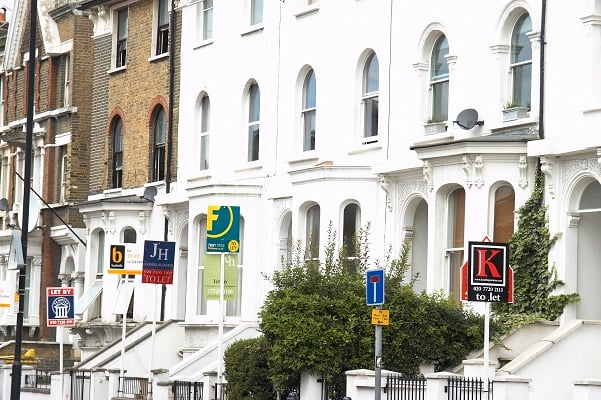A new nationwide survey has revealed that, following years of watching their parents and grandparents struggle with the cost of maintaining a Victorian, Georgian, or Edwardian house, three-quarters (74 percent) of young Brits would NEVER buy a period property.
Instead, a ‘headache-free home’ is what Gen Zs plan to buy, with no chains and smart tech built in.
And of the homeowners who took part in St. Modwen Homes’ survey, a third (38 percent) with a period property regret buying it, so much so that 81 percent would consider investing in a new build home next.
Old windows (39 percent) which let in the cold and noise, mouldy walls (34 percent), dodgy electrics (31 percent) and leaking roofs (28 percent) have all contributed to period property pain, along with rising damp (28 percent) bad plumbing (26 percent), broken boilers (24 percent) and leaking pipes (23 percent).
Cracked tiles (21 percent), flaking exterior paintwork (21 percent), peeling walls (21 percent), broken radiators (18 percent) and rats or mice (17 percent) have also caused problems.
One in four (24 percent) admit that as a result of having an older property they spend a lot more money trying to keep the house warm, while a fifth (18 percent) say poor quality workmanship from previous fixes has meant they have to fork out regularly putting it right.
A sixth (16 percent) say they have spent thousands maintaining their older property, splashing out an average of £7,234 a year on fixes and repairs they weren’t expecting. They have also spent as many as 31 hours a month doing DIY jobs.
Jo Winston, Sales & Marketing Director at St. Modwen Homes, said: “As the cost-of-living bites, it’s clear that homeowner expectations and needs are changing. Whether it’s uncovering DIY mistakes from previous residents or dealing with damp, mould and draughty windows, our research has shown that many people are struggling to simply keep their period property ticking over.
“Thankfully, the new homes coming on the market are generally cheaper to run, more energy efficient, and because of the materials used, require less maintenance – all clearly important factors to the modern homeowner, particularly in the current economic climate.”
One in six (13 percent) admit they had no idea what they were letting themselves in for when buying an older home, with a further 17 percent confessing that while they love the aesthetic of an older home, they are just not practical.
And the survey also revealed a generational shift in what youngsters are looking for, with a quarter (25 percent) of Brits under 30 looking for a modern, brand-new home, that requires minimal maintenance outside (17 percent).
Stained glass (30 percent), highly patterned wallpaper (27 percent), cellars (22 percent), chandeliers (21 percent) and open fireplaces (21 percent) were deemed old-fashioned by the youngsters surveyed.
Instead, potential young buyers want a driveway (43 percent), good insulation (42 percent), kitchen island (38 percent), hot water tap (37 percent) and an en-suite bathroom (36 percent).
Also, on the list of must-have home extras were walk-in wardrobes (33 percent), smooth walls (31 percent), high ceilings (30 percent), large windows (28 percent) and a walk-in shower room (27 percent).
A quarter (23 percent) say they would love a home office, while more than one in ten (14 percent) are on the hunt for an electric car charging point.
With getting on the housing ladder such a struggle, it’s no wonder that over half (54 percent) of first-time buyers would consider taking advantage of buying schemes and offers from property providers to help them get on the ladder.
According to those polled, the most stressful part of buying a new home is being in a chain (42 percent), the time it takes for the solicitors to get everything sorted (41 percent), not knowing a completion date (35 percent) and getting a mortgage (29 percent).
Being gazumped (29 percent), waiting for the survey results (29 percent) and finding out you can’t get the mortgage rate you want (24 percent) also stress home buyers out.





Leave a Comment